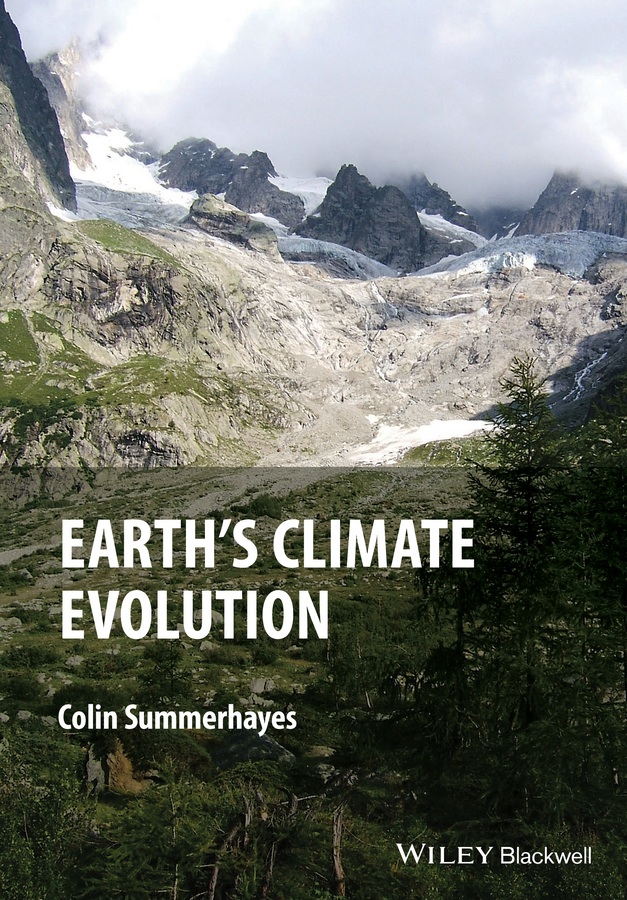Colin's Books
Polar
The Icy Planet
Saving Earth's Refrigerator. 2022, published by Oxford University Press.
Ice, snow and permanently frozen ground are mostly out of sight and out of mind for most people on the planet. But ice and snow matter. They act as Earth’s refrigerator, reflecting the Sun’s energy, thus keeping the planet relatively cool. As global warming takes hold, we are losing ice and snow and that cooling effect. How can we turn that situation around? Net Zero is not enough, because it aims to maintain our current level of carbon emissions, which will keep warming the planet, melting ice and snow and raising sea level. The book roughs out a path forward.
Read the reviews on the Oxford University Press website (select ‘Reviews and Awards’ in the left-hand menu).


Paleoclimatology
From Snowball Earth to the Anthropocene. 2020, published by WILEY/Blackwell (This is an expanded and more lavishly illustrated version of Earth's Climate Evolution.)
How does our climate system work? How has it changed over the eons of geological time? How did we come to know what we know now? What can we learn from past changes about what is happening to our climate now, and what might happen to it in future if we continue pumping greenhouse gases into the atmosphere? Each chapter begins with a listing of what you really need to know to get to grips with how the climate system works. The book contains multiple illustrations, many in colour.
Read the reviews.
Science in the Snow
2018, of which Colin was a co-editor (published and made available by SCAR)
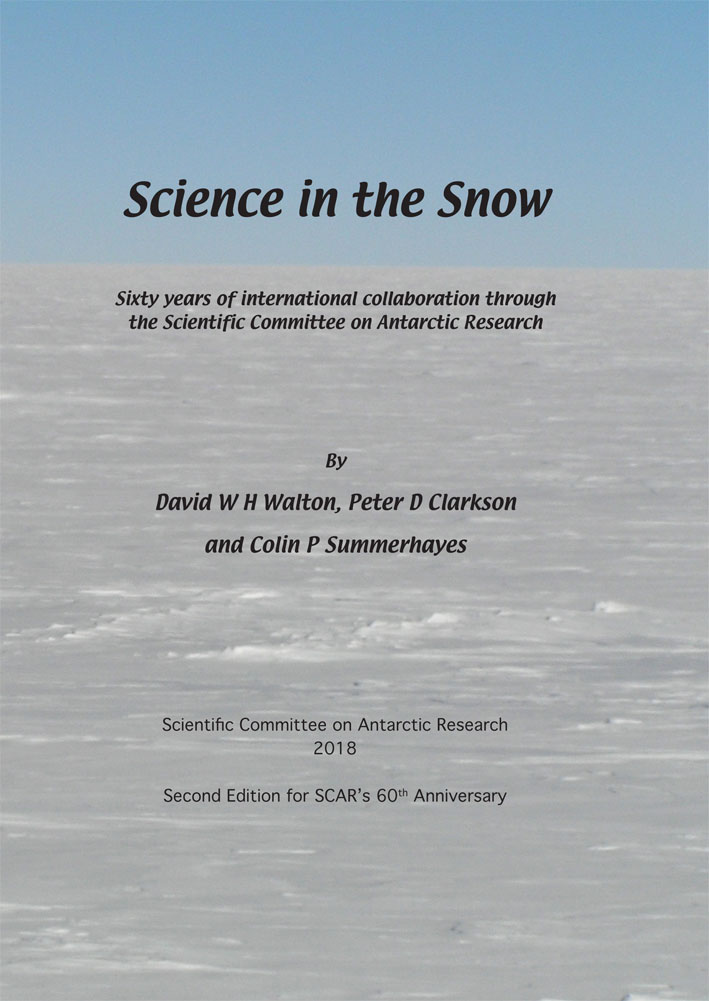
Antarctic Climate Change and the Environment
2009, of which Colin was a co-editor. Published and made available by SCAR.
This is a book about the many different facets of the great white continent. It starts by describing the Antarctic environment and Antarctic life in relation to the global climate system, moving on to introduce the many technologies for measuring and monitoring the atmosphere, the ocean the ice, and Antarctic life. An introduction to Antarctic history follows, describing what we knew about the continent in the pre-instrumental period, then turning to what we have discovered in the past 100 years about the climate, the ocean, the ice, the biology and the ecology of the continent and its surrounding seas. The final chapter explores what may occur in and around the continent over the next 100 years.

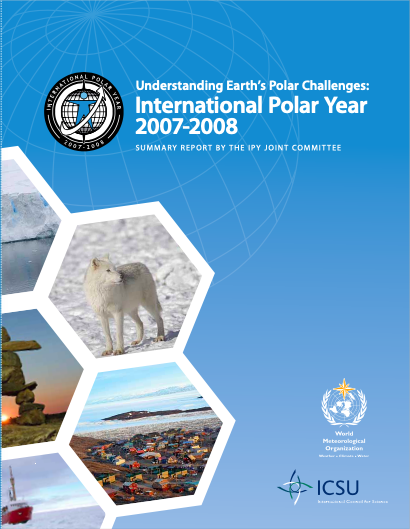
International Polar Year 2007-2008
2011, of which Colin was a co-editor. Published by CCI Press and made available by SCAR
With 50,000 students, scientists, crew, technicians and indigenous people from more than 60 nations working on 170 projects with a total budget of US$1.3 billion, the International Polar Year (IPY), which ran from March 2007 to March 2009, was the largest research effort ever undertaken in the Arctic and Antarctica. It took place against the background of galloping climate change, with some Arctic regions and the Antarctic Peninsula warming twice as fast as the global average, and Arctic sea ice falling to a record minimum. This summary report was compiled by 300 authors and reviewers on behalf of the Joint Committee of the IPY’s co-sponsors – the International Council for Science (ICSU) and the World Meteorological Organization (WMO). Among key findings and achievements were: – changes in the Arctic Ocean are affecting ocean circulation in the North Atlantic, which may lead to a warmer Arctic and cooler conditions at mid-latitudes; – more than 1,000 previously unknown species of marine animal were identified, 250 of which were found at both poles; – new data on Antarctic ice thickness is allowing the topographic and tectonic map of the continent beneath the ice to be redrawn; – and Antarctica’s South Pole Telescope detected a previously unknown class of galaxy clusters.
Oceans
Understanding the Oceans - A Century of Ocean Exploration
2001, of which Colin was a co-editor. Published by CRC Press
Understanding the Oceans brings together an internationally distinguished group of authors to consider the enormous advances in marine science that have been achieved since the voyages of HMS Challenger a century ago. Covering the whole spectrum of the marine sciences, the book has been written and edited very much with the non-specialist reader in mind.
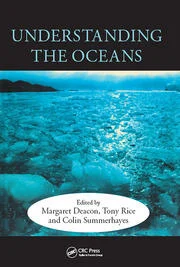

Oceans 2020 - Science, Trends and the Challenge of Sustainability
2002, of which Colin was a co-editor. Published by Island Press
A comprehensive assessment of important science and societal issues that are likely to arise in marine science and ocean management in the first 20 years of the 21st century. The text brings together the world’s ocean scientists and researchers to analyze the state of marine science and technology, identify key scientific issues for sustainable development, and evaluate the capability of scientists, governments and private-sector stakeholders to respond to those issues. It is sponsored by The Intergovernmental Oceanographic Commission (IOC), The Scientific Committee on Oceanic Research (SCOR), and The Scientific Committee on Problems of the Environment (SCOPE).
Oceanography: An Illustrated Guide
1996, of which Colin was a co-editor. Published by WILEY/Blackwell
Oceans cover over 70% of the planet’s surface and are essential to life on earth, yet their deepest mysteries remained unexplored until very recently when 20th century technological advances allowed the vast expansion of our frontiers of knowledge and worldwide interest in oceanography grew rapidly. Combining the skills of 40 contributors from world-renowned teaching and research establishments, this richly illustrated introduction to oceanography is suitable for coursework and appeals to a wide readership without compromising standards of scientific rigor. With coverage ranging from history and instrumentation to the physical geography, meteorology, biology and chemistry of the sea and its ecosystems, Oceanography provides the reader with an authoritative, comprehensive guide while promoting awareness of current ecological concerns governing man’s relationship with the oceans.
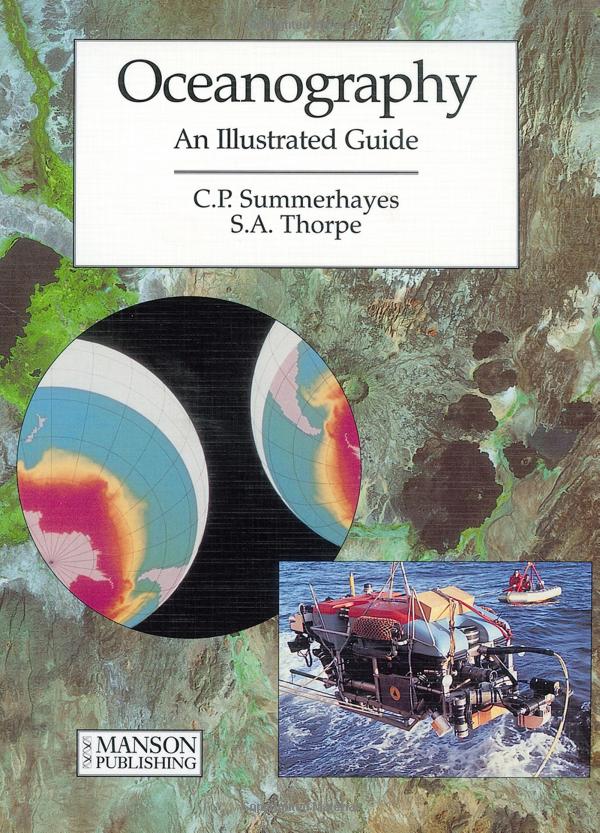
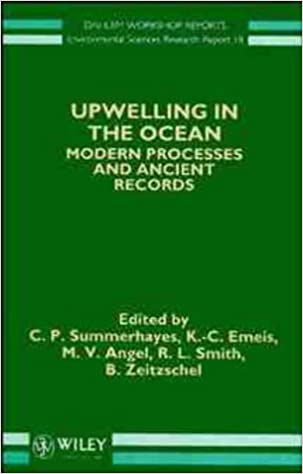
Upwelling in the Ocean: Modern Processes and Ancient Records
1994, of which Colin was a co-editor. Published by WILEY/Blackwell
Upwelling is one of the major physical processes driving the biogeochemistry of the ocean. It dominates primary productivity in the world’s oceans, accounting for 80-90% of new production, which is concentrated in just a few places, e.g., off California, Peru, Mauritania, and Namibia, where productivity leads to major fishing grounds. These areas account for about 50% of the world’s fish catch, underlining the importance of upwelling to humankind. Source rocks for oil formed in ancient coastal upwelling environments, making their study useful for improving oil exploration models. Upwelling also occurs in the open ocean along the equator and beneath the westerly winds in the subarctic Pacific and the Southern Ocean, where the ocean’s silica budget is transformed by the deposition of the remains of siliceous phytoplankton. Because phytoplankton, the grass of the sea, can extract CO2 from the atmosphere, changes in the intensity of upwelling and associated biological productivity through time may have influenced climate. This volume establishes how upwelling systems work, how they vary through time, and whether or not they have a significant influence on the global cycles of nutrients, making the coastal regions major sinks for organic carbon.
Upwelling Systems: Evolution Since the Early Miocene
1992, published and made available by The Geological Society (of which Colin was a co-editor)
This volume identifies the sedimentary expressions of coastal upwelling currents, identifies features common to sedimentary deposits beneath upwelling currents, and traces the history of these sensitive recorders of climatic and oceanographic change since the establishment of modern ocean circulation systems in Miocene times – the past 15 million years. It focuses on results obtained by deep ocean drilling, so as to make these results more accessible and meaningful to the wider community.
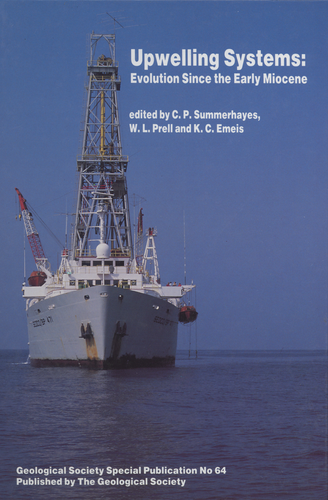
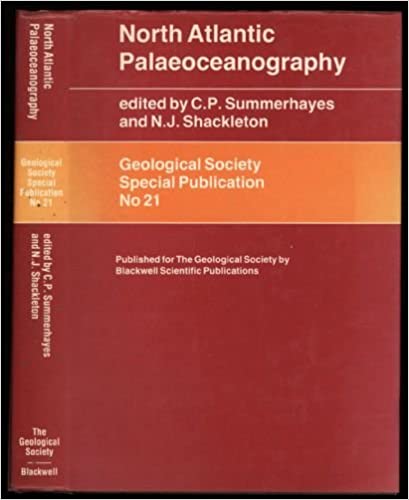
North Atlantic Palaeoceanography
1986, of which Colin was a co-editor. Published by The Geological Society.
A review of the results of the Deep Sea Dripping Program, which ended in 1983, focusing on the development through time of the oceanography of the North Atlantic under three main headings: one on ocean circulation, unconformities and sedimentation; one on Cenozoic deep and surface water palaeoceanography; and one on Mesozoic palaeoceanography and black shales.
The Anthropocene
The Anthropocene as a Geological Time Unit
2019, of which Colin was a co-editor. Published by Cambridge University Press.
The Anthropocene is a term used informally to describe the time period dating back to 1950 during which human actions have had a drastic effect on the Earth and its ecosystems. The book presents evidence for defining the Anthropocene as a geological epoch. The evidence includes chemical signals arising from pollution (including nuclear bomb tests), landscape changes associated with urbanisation, and biological changes associated with species invasion and extinctions. These global changes are compared with natural planetary processes, allowing the reader to appreciate the scale of human-driven change and to compare the global transition taking place today with major transitions in Earth history.
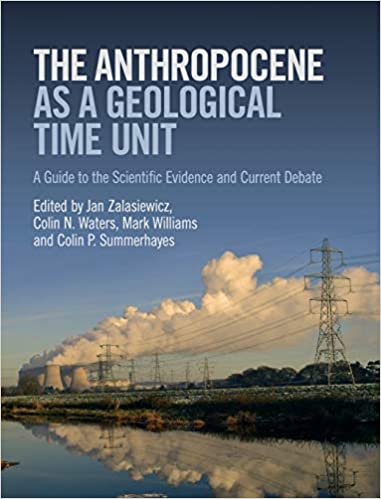
Antarctic History

The Third Reich in Antarctica: The German Antarctic Expedition 1938-39
2012, of which Colin was a co-author. Published by The Erskine Press
The Third German Antarctic Expedition set out not just to explore the Antarctic environment, but also to find a potential base for the German South Atlantic whaling fleet. The expedition, led by Alfred Ritscher, a hero of Arctic exploration, was assigned a floating airport – the MV Schwabenland, which carried two small seaplanes to be launched from the deck to carry out aerial surveys, and be recovered from the sea by crane. The ship was no icebreaker and could not remain long on the Antarctic coast, where sea ice and bad weather precluded landing. Despite bad weather, the planes managed to survey a large area, discovering an 800 km long mountain range and previously unsuspected freshwater lakes. Meanwhile, the ship made novel seabed surveys along the coast of what later became known as Dronning Maud Land. Germany’s efforts to claim the surveyed land were thwarted by Norway, which got its claim in first. German Antarctic research ceased during World War II, and did not resume formally until the establishment of the Georg Forster research base by East Germany in 1976, and the Neumayer research base by West Germany in 1981.
